The wait for wax rods and other supplies is of little consequence, as there are other preparations to be made. Today, that meant coating the inside of the crucible furnace.
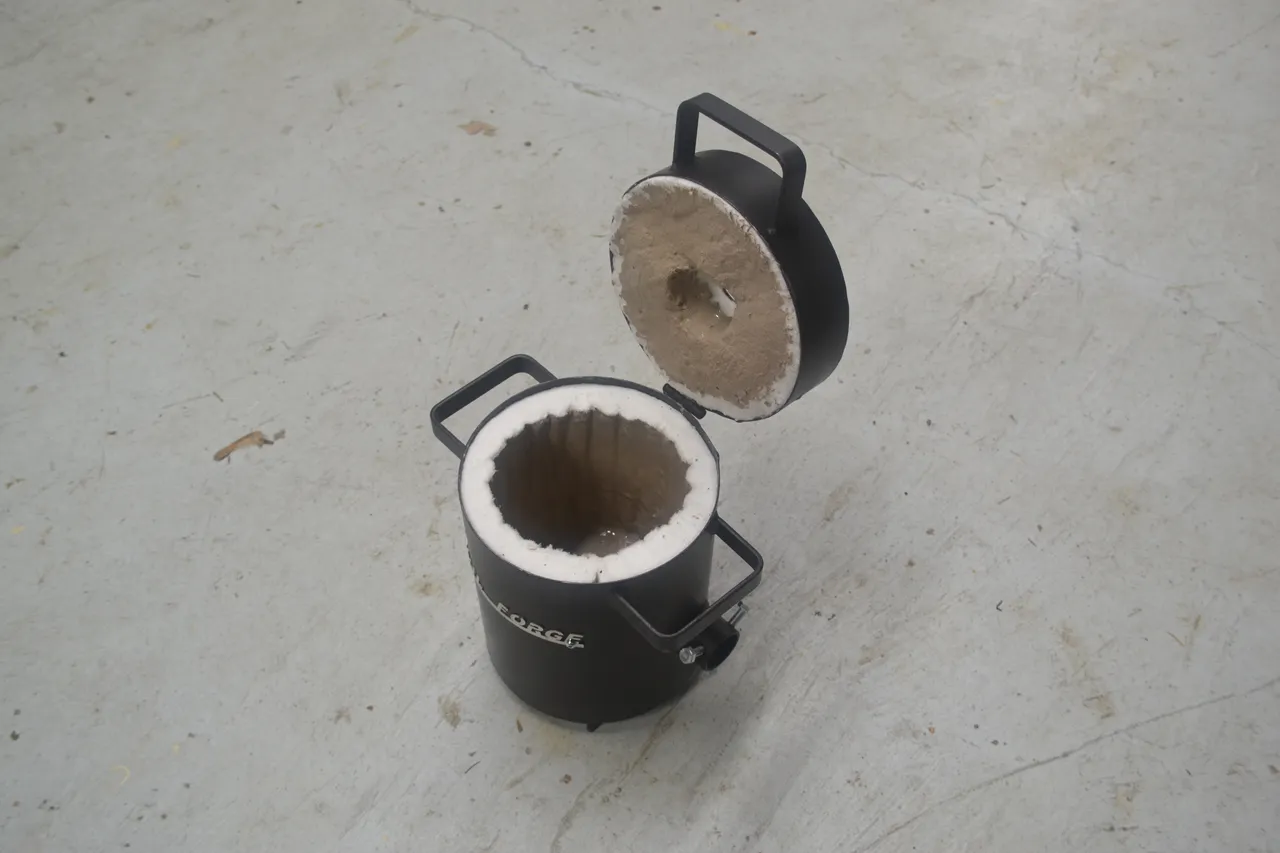
The furnace is lined with ceramic wool, which is an interesting substance - think of it as fibreglass home insulation on steroids. It's very soft (though I wouldn't recommend nuzzling it with your face), so in order to make the surface more durable, it's been "painted" with cement.

Liquid naturally seeks it own level, so after thoroughly coating the sides and top, I dumped the rest of the cement in, this way it will form a flat surface for the fire brick to rest on.
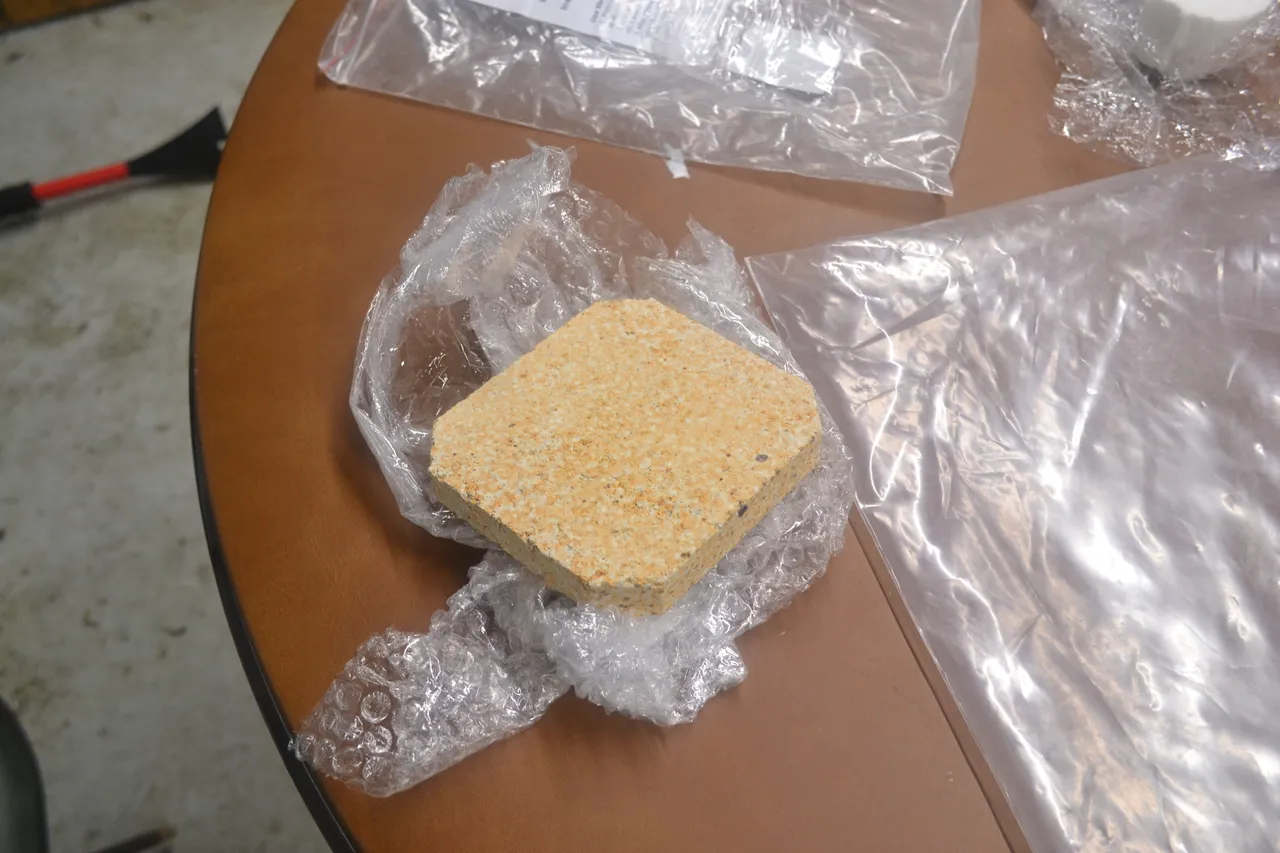
This is the fire brick. Larger crucible furnaces would be lined entirely with this stuff, eliminating the need to paint the sides with cement. With my mini furnace, this will be the floor that the crucible sits on (assuming it doesn't stick up too much for the crucible that I have). By the way, the reason that mini furnaces tend to use ceramic wool is because it is a much better insulator than fire brick, especially for both weight and volume - it's just not a structural material. My mini kiln is lined with something similar, a dense ceramic cloth, though it looks more rigid at first glance.
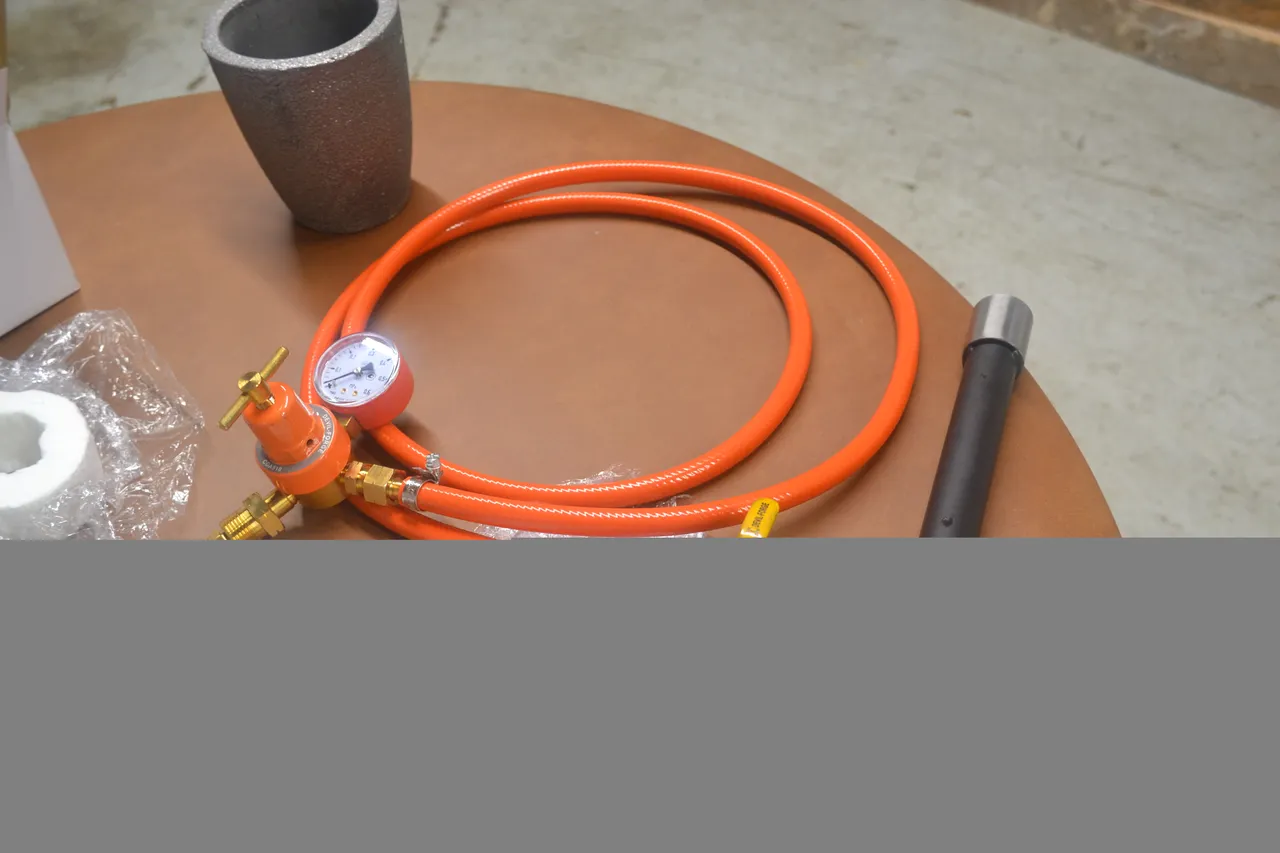
The burner is completely assembled, but it won't be installed until after the cement is dry. It's held in place with a three-bolt spider (I'll explain what that is in my next post) on the furnace.
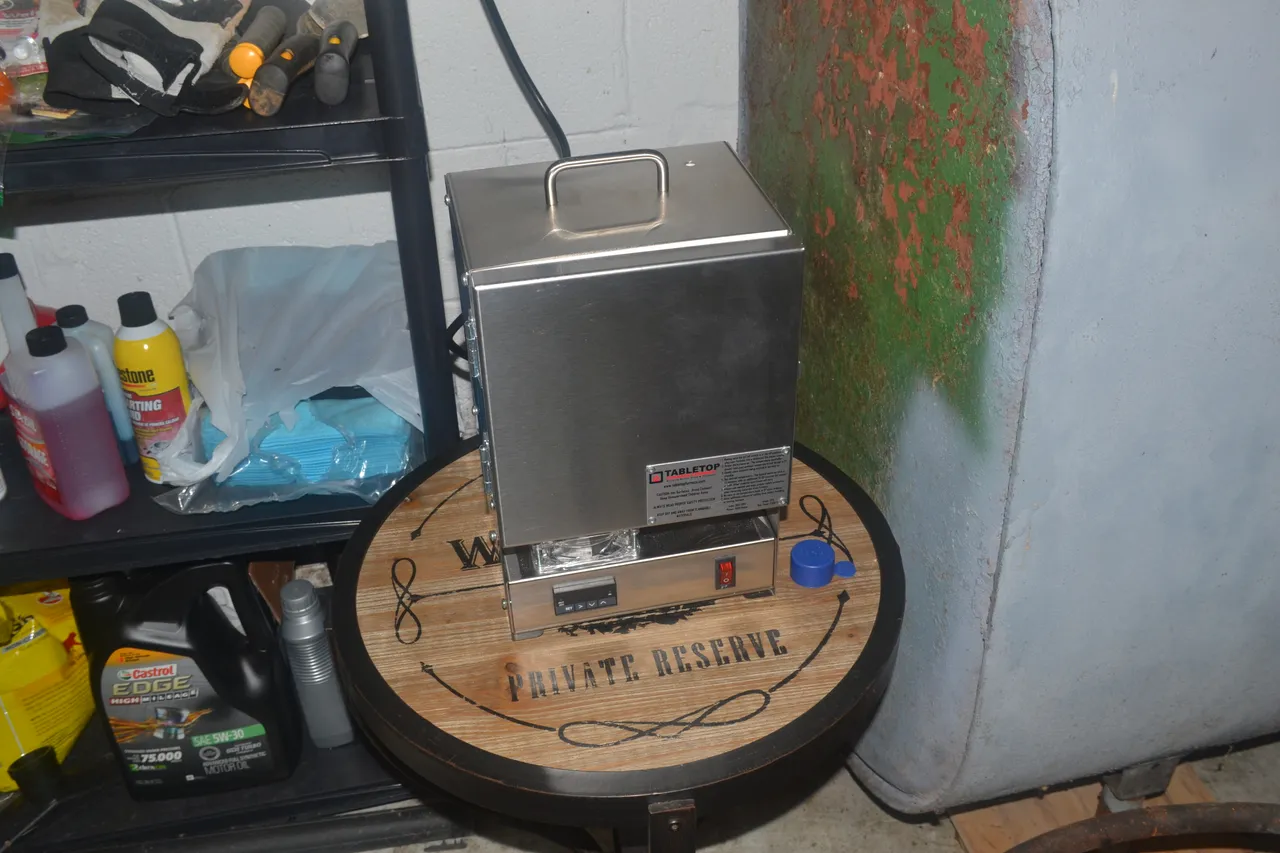
The kiln has been moved to the same part of the shop where the crucible furnace will be stored. For metals that have a high melting temperature and low specific heat (e.g. copper or gold), the mould needs to be kept as hot as possible during the casting process. Therefore, during the casting process, I'll keep the mould in the kiln until I'm ready to pour the molten metal, then run it a few metres just outside the door when it's pouring time.
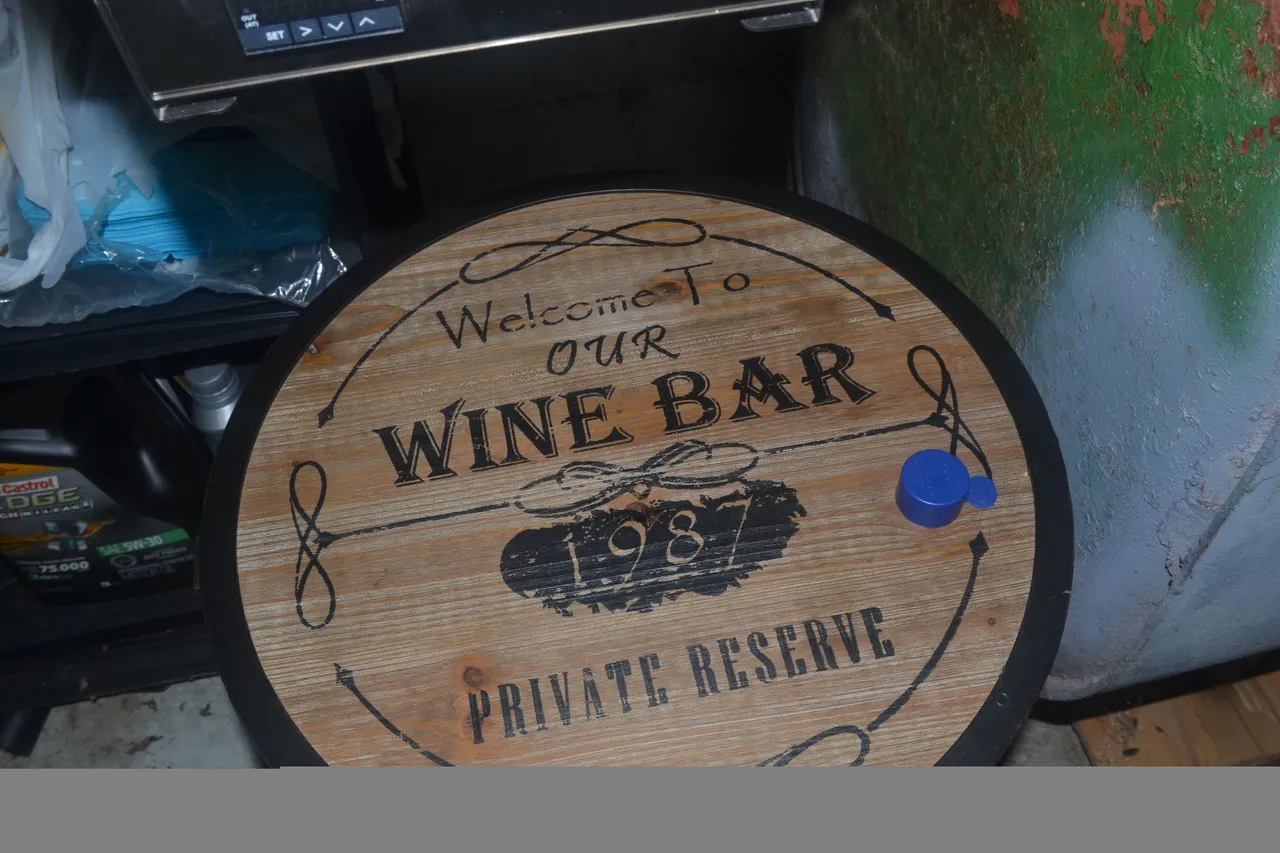
Yes, a wine bar table. It's what I had on hand.
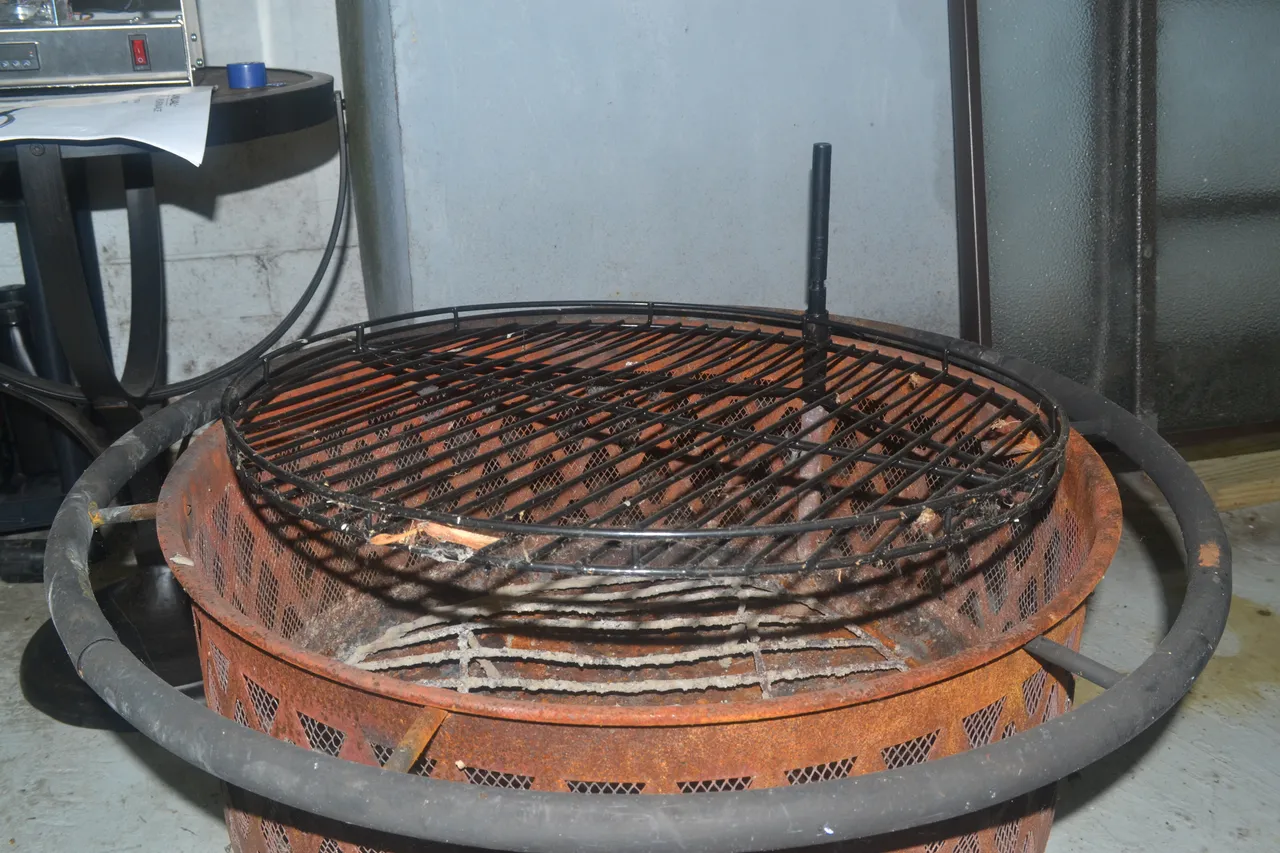
This rusty old outdoor fire pit / grille is what I'll rest the mould on during pouring. This ought to be big enough to catch any molten metal spills, though I'll try to avoid spilling as much as possible. Both this and the crucible will be moved outside prior to use.
I'm not sure what I'll have time for tomorrow, but hopefully I'll have time to put everything together and test-fire the crucible furnace. I have an infrared thermometer, so I'll be able to see exactly how hot this thing gets.